Lifespan Prediction Technique for Digital Twin-Based Noise Barrier Tunnels
Abstract
1. Introduction
1.1. Backgrounds and Goals
1.2. Scope and Methodology
2. Concept of Digital Twin and Component Reuse
2.1. Digital Twin
2.2. Concept of Component Reuse
3. Life Analysis of Digital-Twin-Based NBT Components
3.1. Implementation of the Digital Twin
3.2. Status Analysis Method for NBT
3.3. Lifespan Analysis Method for NBT
3.4. Digital-Twin-Based NBT Component Life Analysis Technique
4. NBT Digital Twin Prototype Implementation
4.1. Generation of the NBT Digital Model
4.2. Generation of NBT Physical Model and Sensor Integration
4.3. Life Prediction of NBT Components
4.4. Life Analysis of NBT Components
- (1)
- This enables real-time condition analysis and life prediction of NBTs and their components, thus, making it possible to grasp the requirements and timing for replacing components. This schedule can, thus, be reflected in the production and procurement processes of the replacement component.
- (2)
- Health analysis and life expectancy can increase the sustainability of the NBT facility.
- (3)
- The characteristics of NBT utilizing prefabricated components can be managed using digital twins, from the design of components to the production, procurement, and assembly of components in the field. This includes the possibility of employing its characteristics as a digital chain.
- (4)
- As previously stated, it is currently costly to apply digital twins to NBTs under operation. However, using the proposed methodology, digital twins can be applied without a significant increase in the cost.
5. Conclusions
Author Contributions
Funding
Conflicts of Interest
References
- Son, J. Case Study on the Planning Procedure of Traffic—Sound Facilities and Alternative Decision Making; Bukyeong University: Busan, Korean, 2009. [Google Scholar]
- Chae, S.C. A Study on Smoke Control Measures and Evacuation Services of Highway Soundproofing Tunnel; Korea Expressway Corporation, Facilities Department: Seongnam, Korean, 2017; p. 133. [Google Scholar]
- Lee, J.J. Research on Design of Soundproof Tunnel Lighting in consider of Daylight Penetration; Kangwon University: Chunchun, Korean, 2017. [Google Scholar]
- Ahn, H. Research on design guideline of sound proof tunnel—Focused on the development area near Busan Geoje station. Kor. Soc. Art Des. 2017, 20, 271–288. [Google Scholar]
- You, J.Y.; Paek, S.Y.; Kim, D.K.; You, K.P. The wind flow characteristics measuring simulations of NBTs on expressways. App. Mech. Mater. 2018, 878, 70–75. [Google Scholar] [CrossRef]
- Robertson, D.; Ulrich, K. Platform product development. Sloan Manag. Rev. 1998, 39, 19–31. [Google Scholar]
- Grieves, M.W. Virtually intelligent product systems: Digital and physical twins. Complex Syst. Eng. Theory Pract. 2018, 7, 175. [Google Scholar]
- Tao, F.; Sui, F.; Liu, A.; Qi, Q.; Zhang, M.; Song, B.; Guo, Z.; Lu, S.C.Y.; Nee, A.Y.C. Digital twin-driven product design framework. Int. J. Prod. Res. 2019, 57, 3935–3953. [Google Scholar] [CrossRef]
- Bacchiega, G. Creating an Embedded Digital Twin: Monitor, Understand and Predict Device Health Failure; IRS: Washington, DC, USA, 2017. [Google Scholar]
- Piascik, B.; Vickers, J.; Lowry, D.; Scotti, S.; Stewart, J.; Calomino, A. Technology Area 12: Materials, Structures, Mechanical Systems, and Manufacturing Road Map. NASA Off. Chief Technol. 2012. Available online: https://www.nasa.gov/sites/default/files/501625main_TA12-ID_rev6_NRC-wTASR.pdf (accessed on 6 April 2020).
- Lee, J.; Bagheri, B.; Kao, H.A. A cyber-physical systems architecture for industry 4.0-based manufacturing systems. Manuf. Lett. 2015, 3, 18–23. [Google Scholar] [CrossRef]
- Tao, F.; Zhang, H.; Liu, A.; Nee, A.Y.C. Digital twin in industry: State-of-the-art. IEEE Trans. Ind. Inform. 2018, 15, 2405–2415. [Google Scholar] [CrossRef]
- Kahlen, F.; Flumerfelt, S.; Alves, A. Transdisciplinary Perspectives on Complex Systems; Springer International Publishing: New York, NY, USA, 2017. [Google Scholar]
- Negri, E.; Fumagalli, L.; Macchi, M. A review of the roles of digital twin in cps-based production systems. Procedia Manuf. 2017, 11, 939–948. [Google Scholar] [CrossRef]
- Anthony, C.; Cheung, W.M. Cost evaluation in design for end-of-life of automotive components. J. Remanuf. 2017, 7, 97–111. [Google Scholar] [CrossRef]
- Jo, J. Numerical method of fatigue life prediction for each fatigue phase of steel structures. Kor. J. Steel Struct. 1995, 7, 231–239. [Google Scholar]
- Rammberg, W.; Osgood, W.R. Description of Stress-Strain Curves by three Parameters; Technical Note National Advisory Committee for Aeronautics: Washington, DC, USA, 1942. [Google Scholar]
- Seeger, T.; Bergmann, J. On the Influence of Cyclic-Stress-Strain-Curves, Damage Parameters and Various Evaluation Concepts on the Life Prediction by Local Approach. In Proceedings of the 2nd European Colloquium on Fracture, VDI-Fortschrittsberrichte, Darmstadt, Germany, 9–11 October 1978. [Google Scholar]
- Kim, J.; Kim, S.-A. Prototyping-based design process integrated with digital-twin: A fundamental study. KBIM Mag. 2019, 12, 51–61. [Google Scholar]
- Santecchia, E.; Hamouda, A.M.S.; Musharavati, F.; Zalnezhad, E.; Cabibbo, M.; El Mehtedi, M.; Spigarelli, S. A review on fatigue life prediction methods for metals. Adv. Mater. Sci. Eng. 2016, 2016. [Google Scholar] [CrossRef]
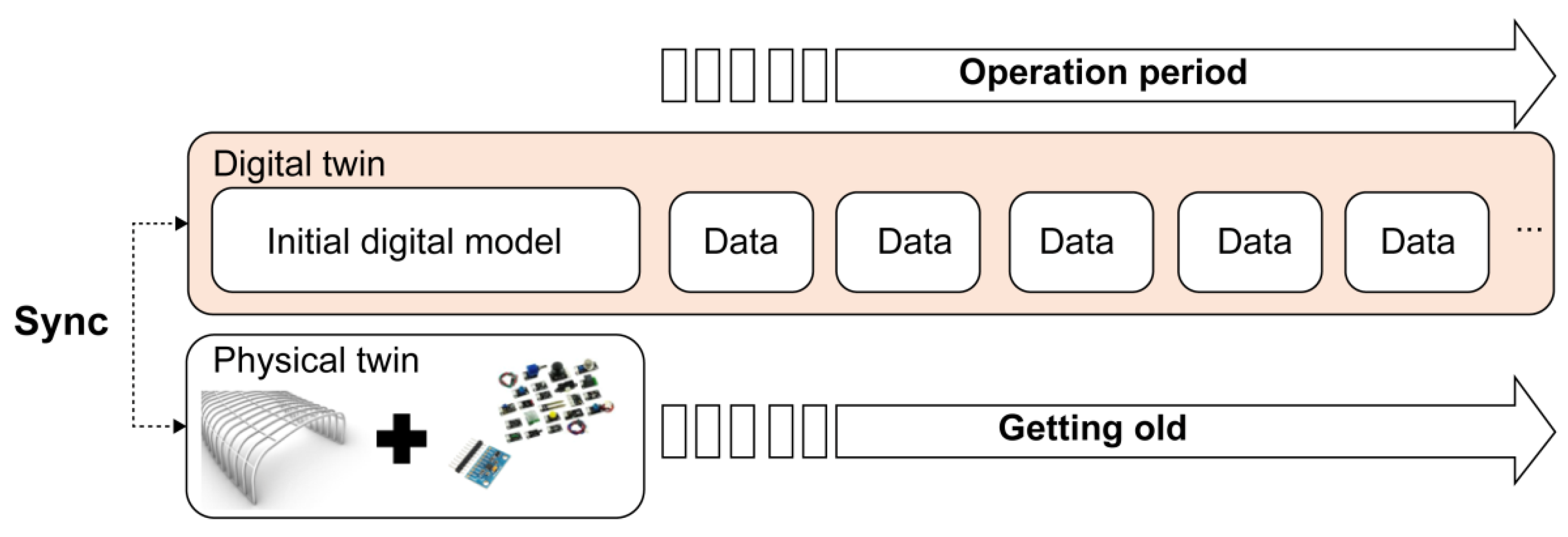
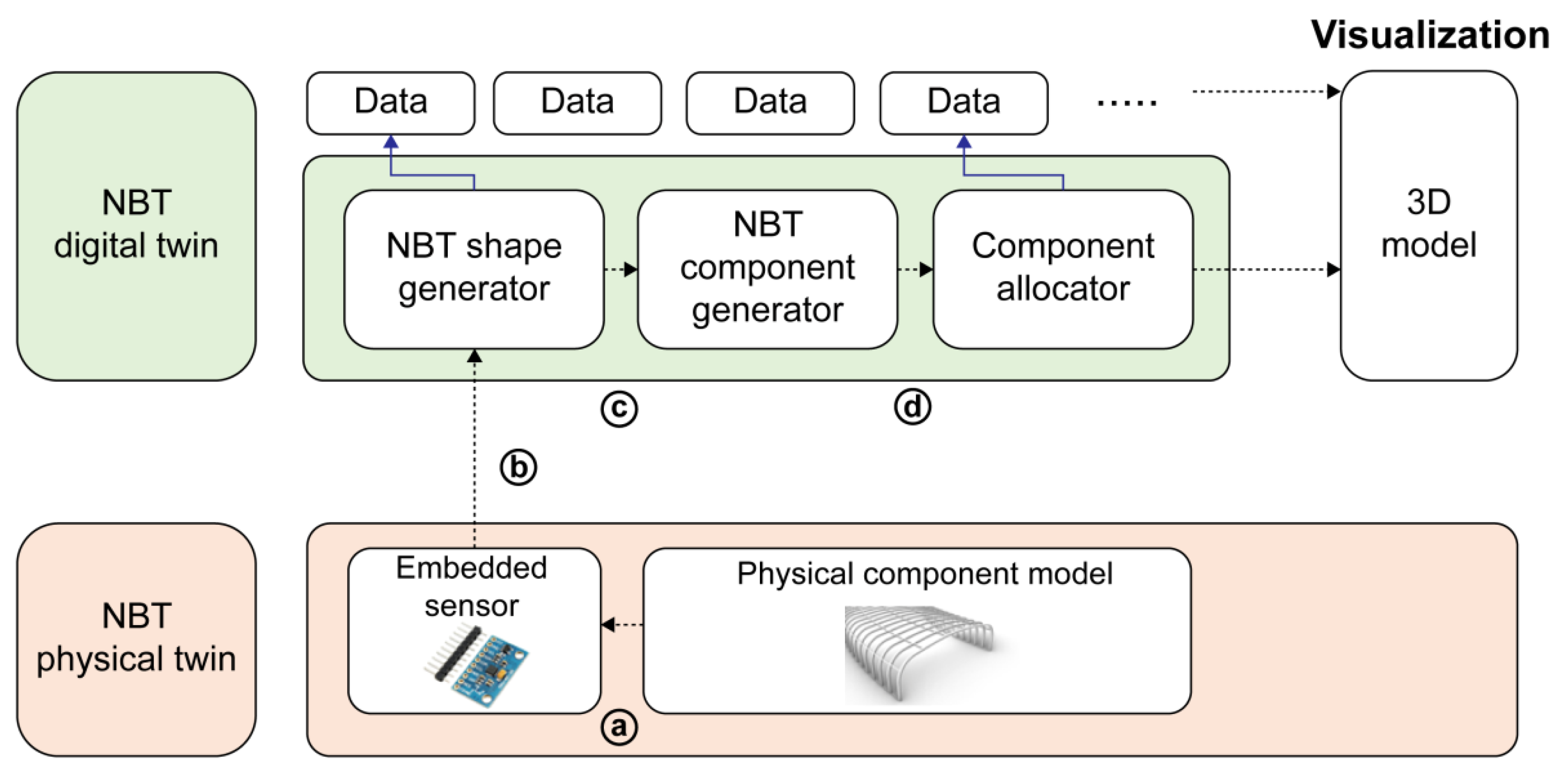
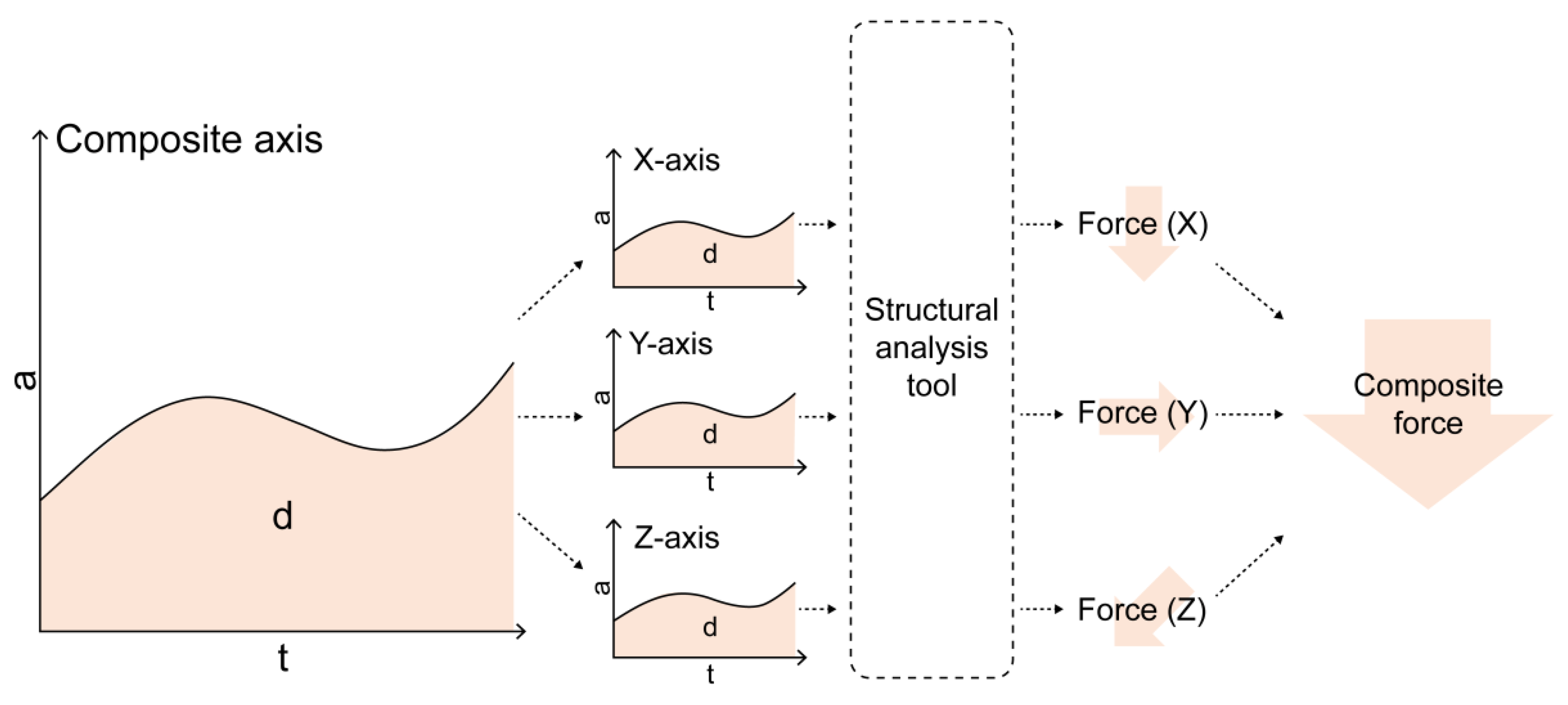
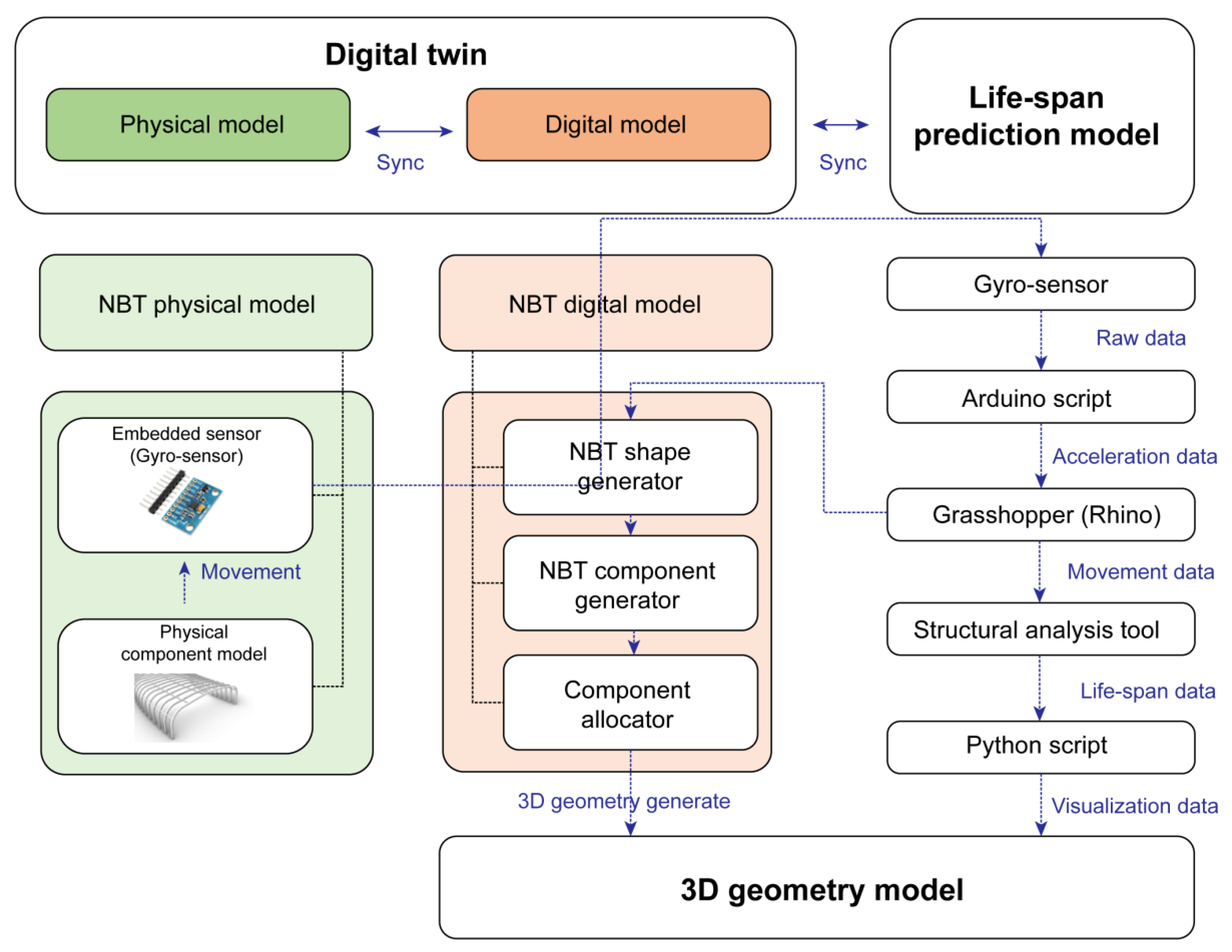
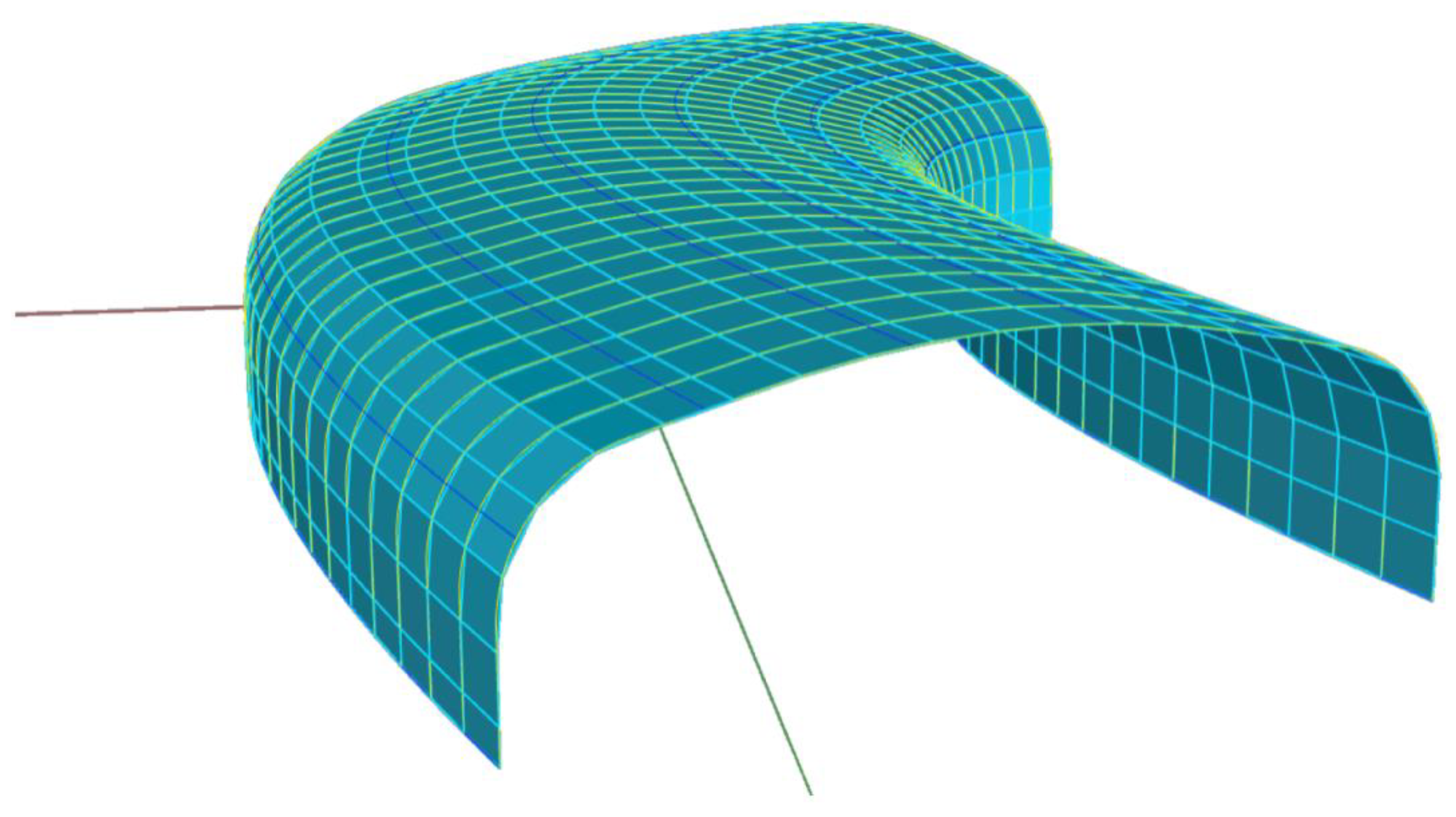
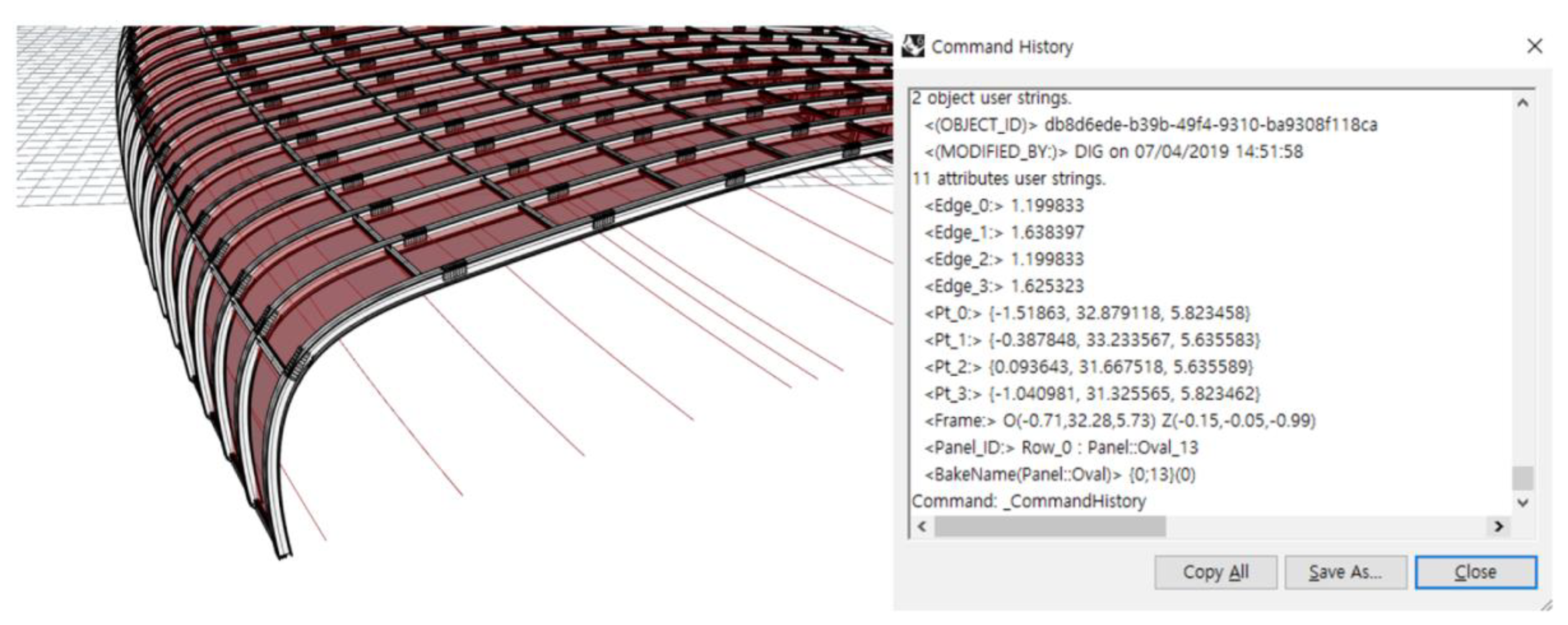
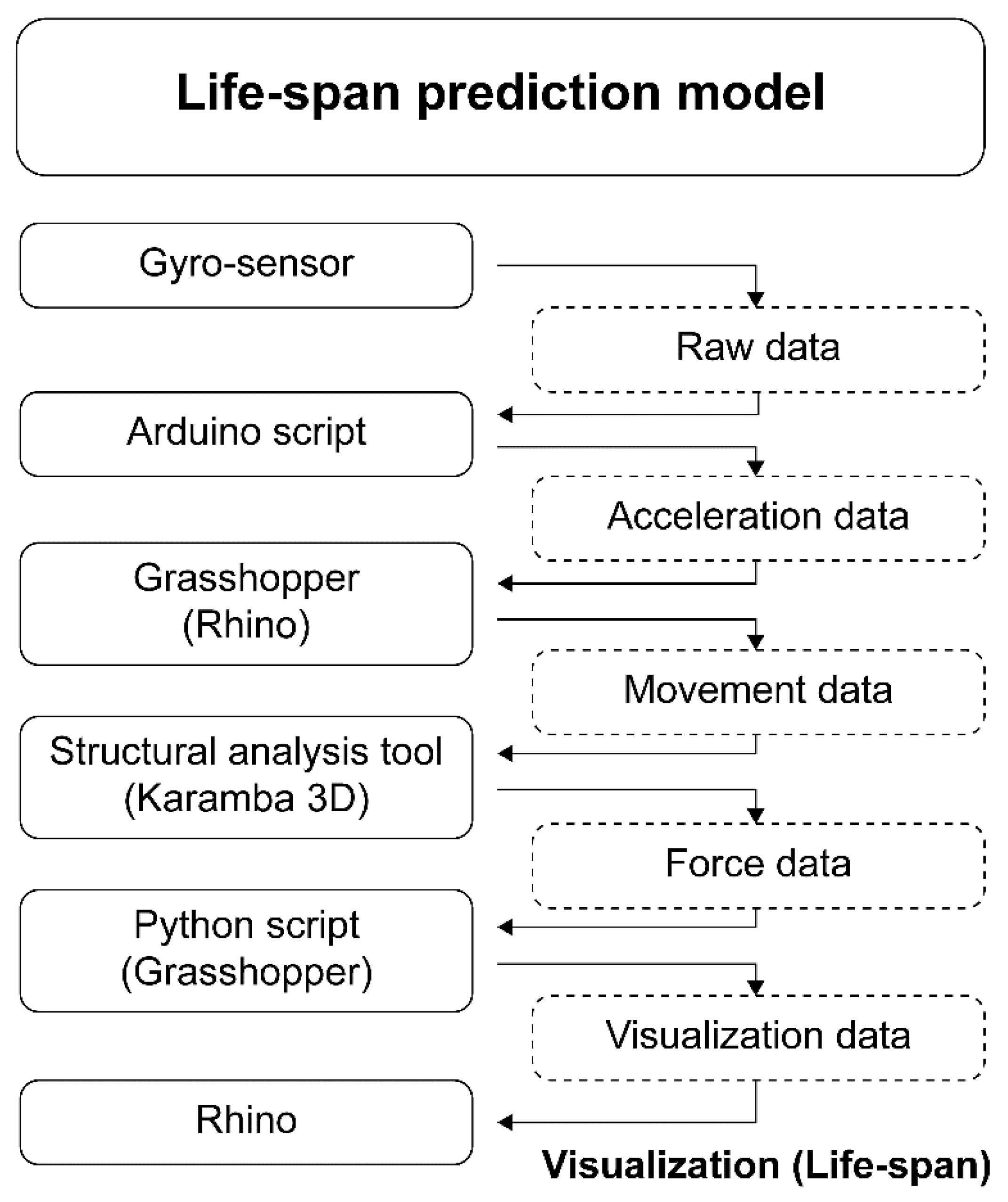
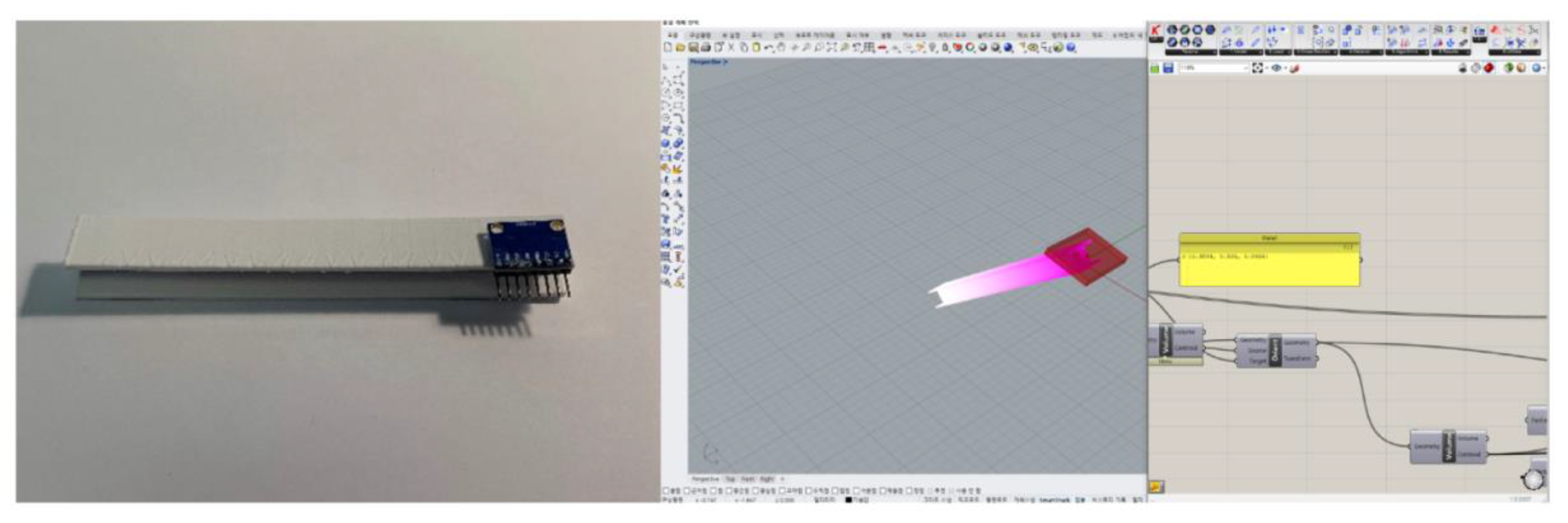
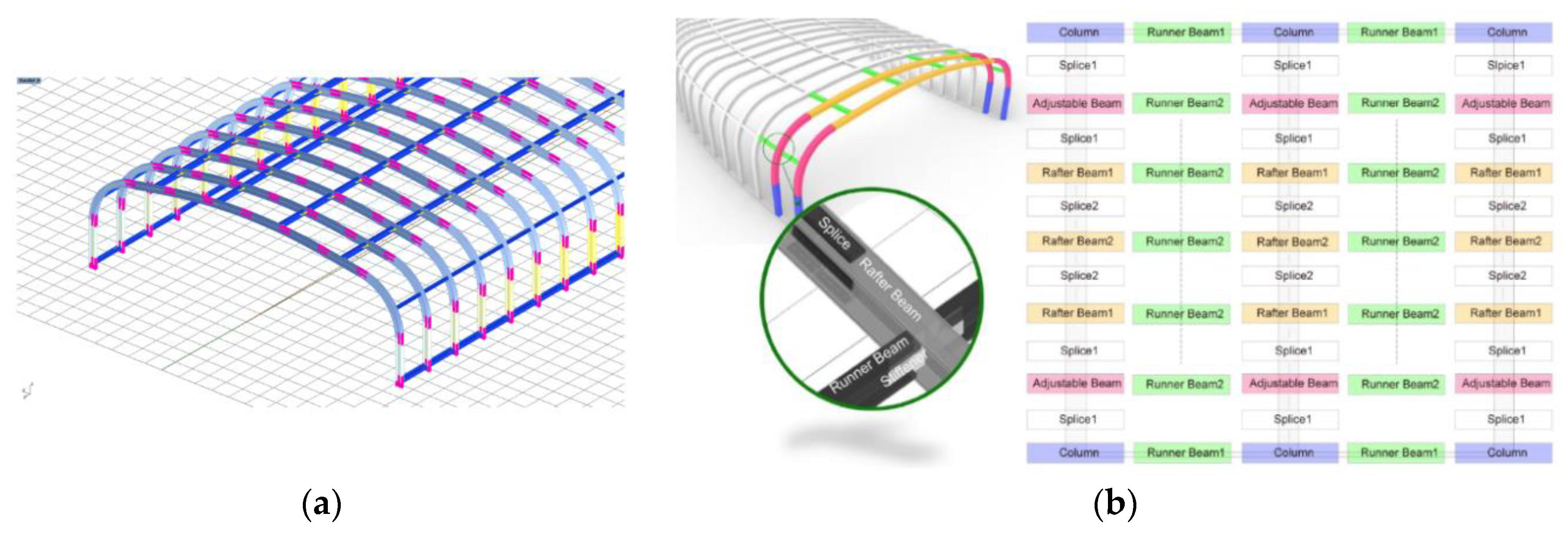
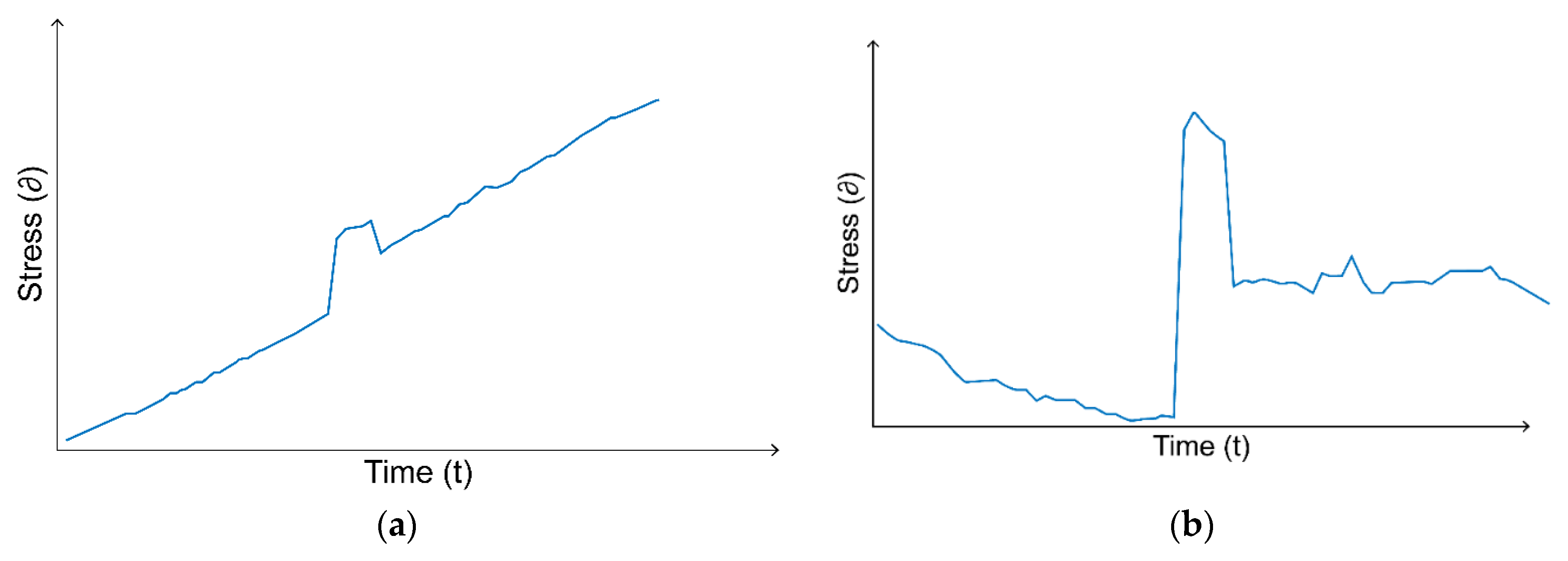
| Project Name | Location | Estimated Material Uses | Estimated Life Span |
|---|---|---|---|
| SERGO relocation (2015) | Cambridge | ○ 1 | X 2 |
| BedZed London (2002) | London | ○ | X |
| London 2012 Stadium | London | ○ | X |
| Rio 2016 Stadium | Rio | ○ | X |
| Carr wood Park | Leeds | ○ | X |
| King science Academy | Bradford | ○ | X |
| Leeds University | Leeds | ○ | X |
| Length | Radius | Benchmark Point | Object ID | Frame | Normal Vector | Path | Profile | |
|---|---|---|---|---|---|---|---|---|
| Rafter beam | ○ | ○ | ○ | ○ | ○ | ○ | ○ | ○ |
| Splice | ○ | ○ | ○ | ○ | ○ | |||
| Stiffener | ○ | ○ | ○ | ○ | ○ | |||
| Runner beam | ○ | ○ | ○ | ○ | ○ | ○ | ○ | ○ |
© 2020 by the authors. Licensee MDPI, Basel, Switzerland. This article is an open access article distributed under the terms and conditions of the Creative Commons Attribution (CC BY) license (http://creativecommons.org/licenses/by/4.0/).
Share and Cite
Kim, J.; Kim, S.-A. Lifespan Prediction Technique for Digital Twin-Based Noise Barrier Tunnels. Sustainability 2020, 12, 2940. https://doi.org/10.3390/su12072940
Kim J, Kim S-A. Lifespan Prediction Technique for Digital Twin-Based Noise Barrier Tunnels. Sustainability. 2020; 12(7):2940. https://doi.org/10.3390/su12072940
Chicago/Turabian StyleKim, Jinwooung, and Sung-Ah Kim. 2020. "Lifespan Prediction Technique for Digital Twin-Based Noise Barrier Tunnels" Sustainability 12, no. 7: 2940. https://doi.org/10.3390/su12072940
APA StyleKim, J., & Kim, S.-A. (2020). Lifespan Prediction Technique for Digital Twin-Based Noise Barrier Tunnels. Sustainability, 12(7), 2940. https://doi.org/10.3390/su12072940






